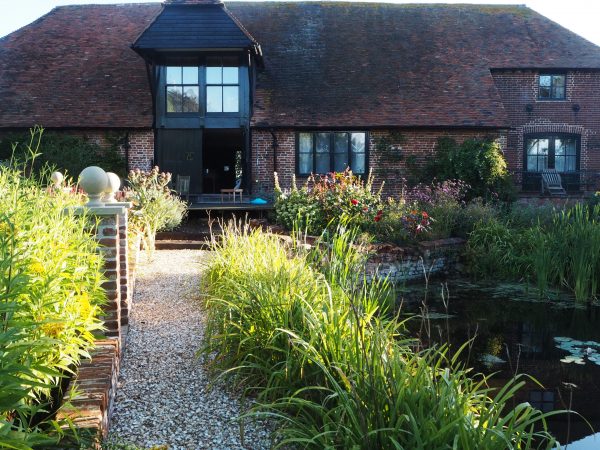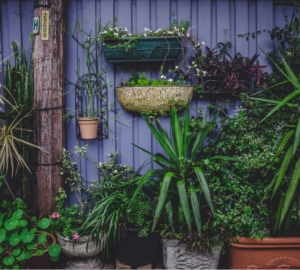To bring a garden back to life will feel a massive challenge, especially if you have just moved house. Equally, if you have been busy for a while, your outside space may look a little neglected and need some care. You might fear that making any difference to this garden will take a lot of time and money. You might also feel daunted, uncertain to know where to begin. Here we offer you a simple guide for how to restore your yard and enjoy this space again.

Take is slowly
If you have only just moved to your house, you may want to wait a while before doing too much. You need to get to know your garden. For instance, you need to understand where the light falls, the level of shadow and the type of soil. Ideally, you will wait a year before undertaking significant landscaping.
This does not mean you leave it altogether. You can take your time to clear the land of weeds and other debris. You can do what you can to give yourself the best canvas to work with when you do begin to landscape the yard.
This patience will also allow you to approach the job in bitesize pieces. We feel overwhelmed when we think we should do it all at once. If you need a quick win, for some powerful motivation – do the fastest job first – the one that looks dramatic – like mowing the lawn.
Make a plan
Now you know you have time you can take a moment to plan the work. You should write a clear to-do list and then price this work. You should understand what you hope to achieve and make sure your budget is sound. There is nothing worse than getting started and having your dreams compromised because something is more expensive than you thought.
Your first jobs will likely be to work out what you want to keep and what you want to cut back. Large trees will likely dominate your view, and you will want to do some work on these first. However, trees grow very slowly, so don’t do something too dramatic until you are entirely satisfied you know what you want.
Create space
The reason you might want to hack at the trees is to create space. You can do this to a degree with your trees. You should undoubtedly cut back overgrown material and clear the debris. All this work can be done in the winter months, as nothing is growing. You can also use all the organic matter you create to start composting. This compost can then be used later to form your beds and borders.
Don’t go over the top. Creating space does not mean dig everything up. You can prune everything back and get a better look at your yard before making any more significant decisions. If pruning is daunting and you think you will kill the plant anyway, use the internet to find out the best time to do this.
Dealing with the grass
Any efforts you make to improve the grass will take a lot of time. You will have an immediate effect when you mow the lawn and trim the edges. However, this process will likely reveal patches and weeds. In spring, you can reseed. During the summer, feed your lawn regularly. To ensure the health of the garden, you will also need to water the grass on those hotter days.
You might feel that rescuing the lawn is too much to expect. If this is the case, you may want to re-turf. If you have a new home, you might find that there is a lot of builder’s scree preventing healthy growth of grass. Consequently, you will need to dig down and remove this material and replace it with topsoil. If this sounds like a challenge, you are right. This removal of the old lawn material and relaying of new turf is a significant job, and you should set aside a decent amount of time to achieve this.
Stick to your plan
When you plan your garden, you will have created a design. You need to stick to this plan to make sure you maintain your budget and your timeline. This is another reason to wait before committing to a design. You should visit garden shows and open gardens to get a sense of what you really love. You can then draw out your plan – and you should keep to these decisions.



